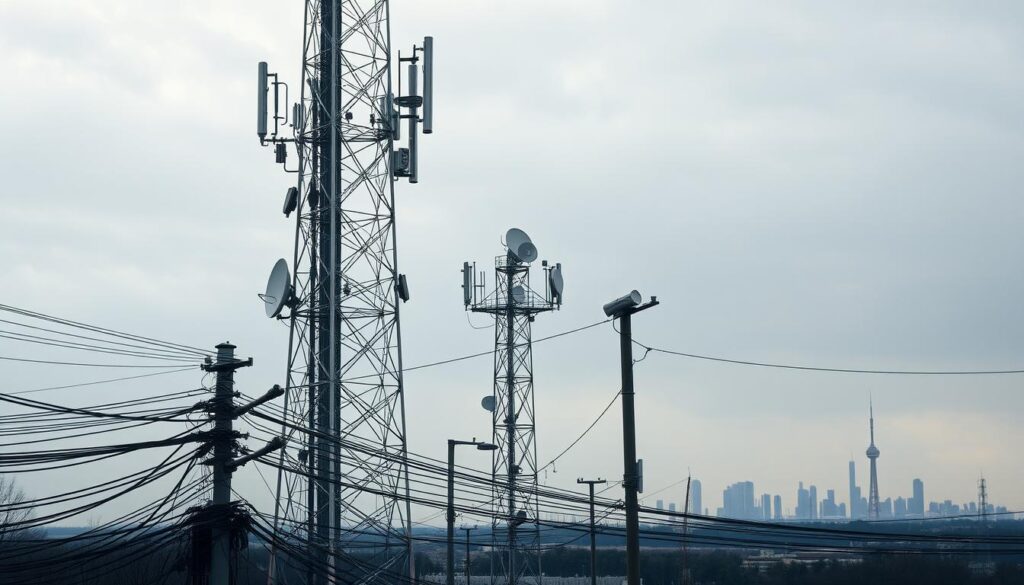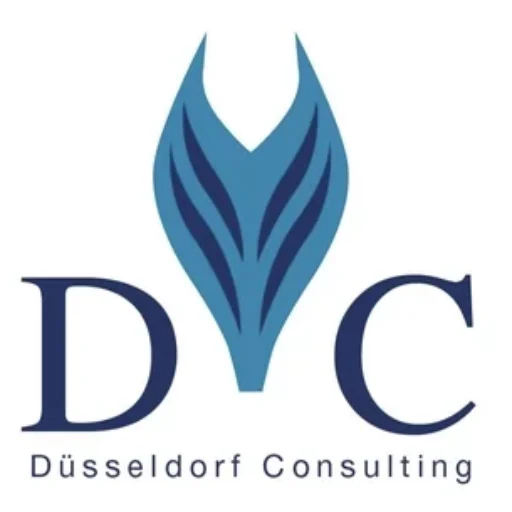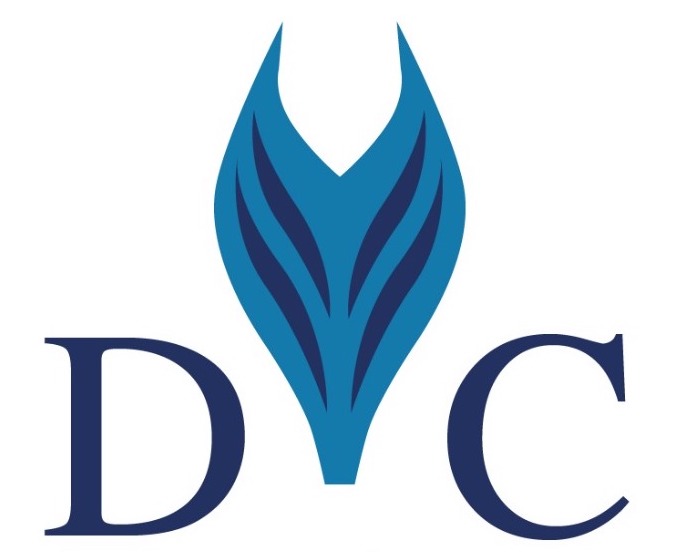The German telecommunication market has undergone significant transformation since its liberalization on January 1, 1998. This move has led to a highly developed infrastructure, comprising fiber-optic cables, coaxial cables, microwave radio relay, and domestic satellite systems.
Düsseldorf Consulting GmbH, a notable industry player, exemplifies the market’s growth with its motto “ACTA NON VERBA !“. The company’s presence underscores the advanced state of Germany’s telecom infrastructure, including microwave transmission and fiber-optic networks.
Key Takeaways
- Germany’s telecommunication market has been fully liberalized since 1998.
- The country boasts a highly developed telecom infrastructure.
- Fiber-optic cables and microwave transmission are key components.
- Düsseldorf Consulting GmbH is a significant player in the industry.
- The market’s advanced infrastructure supports various telecom services.
Overview of Telecommunication Infrastructure in Germany
The backbone of Germany’s digital economy is its telecommunication infrastructure, which has seen significant investments in fiber optic and microwave transmission technologies. This infrastructure is crucial for supporting the country’s economic growth, digital transformation, and its position as a leader in Europe’s digital landscape.
Importance of Robust Infrastructure
A robust telecommunication infrastructure is essential for Germany’s economic development. It enables high-speed data transmission, supports the growth of digital industries, and facilitates the adoption of emerging technologies such as IoT and 5G. Fiber optic providers in Germany have been expanding their networks to provide faster and more reliable connectivity.
The importance of this infrastructure cannot be overstated, as it directly impacts the country’s ability to compete in the global digital economy. By investing in fiber optic and microwave telecommunication technologies, Germany is enhancing its digital capabilities and supporting innovation across various sectors.
Key Contributions to Economic Development
The telecommunication infrastructure in Germany contributes significantly to its economic development by driving digitalization and supporting business growth. Fiber optic expansion has been a key driver of this process, enabling faster data transfer rates and more reliable connections. This, in turn, supports the growth of digital applications and services, further boosting the economy.
Moreover, microwave telecommunication providers in Germany play a crucial role in areas where fiber optic cables are not feasible, ensuring comprehensive coverage and connectivity across the country. This blend of technologies is vital for creating a resilient and versatile telecommunication infrastructure.
Major Fiber Optic Providers in Germany
Several prominent fiber network companies are shaping Germany’s telecom future. These companies are at the forefront of expanding and enhancing the country’s fiber optic infrastructure.
Leading Companies in the Fiber Sector
Companies like IMS Kommunikationstechnik GmbH are leading the fiber optic expansion in Germany. They offer comprehensive services ranging from planning to commissioning of fiber optic projects. Other notable companies are also making significant contributions to Germany’s fiber optic landscape.
Market Trends and Projections
The German telecom infrastructure is witnessing significant growth due to the increasing demand for high-speed internet and reliable connectivity. The market is expected to continue its upward trend as more companies invest in fiber optic technology.
| Company | Services Offered | Market Presence |
|---|---|---|
| IMS Kommunikationstechnik GmbH | Fiber Optic Planning, Installation, and Maintenance | Strong presence in Germany |
| Deutsche Telekom | Fiber Optic Internet, TV, and Phone Services | Dominant player nationwide |
| Vodafone Germany | Fiber Optic Internet and Telecom Services | Expanding fiber optic network |
The future of Germany’s telecom infrastructure looks promising, with continued investments in fiber optic technology expected to drive growth and innovation.
Microwave Transmission Technologies in Germany
Microwave transmission technologies are a key element in Germany’s telecommunications infrastructure, providing reliable data transmission. These technologies have become indispensable for supporting the country’s growing data demands.
Overview of Microwave Solutions
Microwave solutions in Germany are designed to offer high-capacity data transmission over long distances. These solutions are particularly useful in areas where fiber optic cables are not feasible or would be too costly to install. Microwave telecommunication providers in Germany leverage these technologies to deliver fast and reliable connectivity.
The deployment of microwave transmission technologies is also driven by the need for rapid network rollout. In many cases, microwave solutions can be implemented more quickly than fiber optic infrastructure, making them an attractive option for meeting immediate connectivity needs.
Advantages of Microwave Transmission
Microwave transmission offers several advantages, including the ability to transmit data over long distances without the need for physical cables. This makes it an ideal solution for connecting remote or hard-to-reach areas. Additionally, microwave transmission can be more cost-effective than laying down fiber optic cables, especially in challenging terrains.
- High-capacity data transmission
- Rapid deployment capabilities
- Cost-effective solution for challenging terrains
The use of microwave transmission technologies also supports the development of 5G networks in Germany. By providing high-capacity backhaul links, microwave solutions enable telecommunication infrastructure providers in Germany (Fiber, Microwave) to offer enhanced mobile broadband services.
In conclusion, microwave transmission technologies play a vital role in Germany’s telecommunication infrastructure. Their ability to provide reliable, high-capacity data transmission makes them an essential component of the country’s telecommunications network.
Düsseldorf Consulting GmbH: A Key Player
Düsseldorf Consulting GmbH has emerged as a pivotal entity in Germany’s telecom infrastructure landscape. As a significant contributor to the development of telecommunication networks, the company plays a crucial role in shaping the future of Germany’s connectivity.
Company Profile and Services Offered
Düsseldorf Consulting GmbH is a renowned consulting firm specializing in telecommunication infrastructure projects. The company offers a comprehensive range of services, including planning, implementation, and optimization of telecom networks. Their expertise spans both fiber optic and microwave transmission technologies, making them a versatile partner for telecom infrastructure development.
The company’s service portfolio includes:
- Network planning and design
- Project management for telecom infrastructure
- Technical consulting for fiber and microwave systems
- Optimization of existing telecom networks
Role in Fiber and Microwave Initiatives
Düsseldorf Consulting GmbH is actively involved in various fiber and microwave initiatives across Germany. Their role in these projects is multifaceted, ranging from providing technical expertise to managing project implementations.
The company’s contributions to fiber initiatives include:
| Project Aspect | Contribution |
|---|---|
| Network Planning | Providing detailed planning for fiber optic networks |
| Implementation | Overseeing the rollout of fiber infrastructure |
| Optimization | Enhancing the performance of existing fiber networks |
In microwave initiatives, Düsseldorf Consulting GmbH brings its expertise in microwave transmission technologies to the table. Their contributions include:
“The successful implementation of microwave transmission projects requires a deep understanding of the technology and its applications. Düsseldorf Consulting GmbH has demonstrated this expertise in various projects across Germany.”
The company’s involvement in both fiber and microwave initiatives underscores its commitment to advancing Germany’s telecom infrastructure. As stated by industry experts, “Düsseldorf Consulting GmbH’s work in telecom infrastructure is setting new standards for the industry.”
As Germany continues to develop its telecommunication infrastructure, companies like Düsseldorf Consulting GmbH will play a vital role in shaping the country’s connectivity landscape. Their expertise in both fiber and microwave technologies positions them as a key player in the industry.
In conclusion, Düsseldorf Consulting GmbH’s contributions to Germany’s telecom infrastructure are significant. Their comprehensive services and expertise in fiber and microwave initiatives make them a valuable partner for telecom projects across the country.
The Impact of Telecommunication Infrastructure on Businesses
The quality of telecommunication infrastructure in Germany directly influences business productivity and growth. As businesses become increasingly reliant on digital technologies, the demand for robust and reliable telecommunication infrastructure has never been higher.
Enhancing Connectivity for Enterprises
Effective Telecommunication Infrastructure Solutions in Germany are crucial for enhancing connectivity among enterprises. This includes:
- High-speed data transmission
- Reliable network connectivity
- Advanced cybersecurity measures
By leveraging these solutions, businesses can improve their operational efficiency, enhance customer satisfaction, and gain a competitive edge in the market.
Case Studies of Successful Implementations
Several German Telecom Infrastructure Providers have successfully implemented innovative telecommunication solutions. For instance:
- Düsseldorf Consulting GmbH has worked with various enterprises to upgrade their telecommunication infrastructure, resulting in significant improvements in data transfer speeds and network reliability.
- Other providers have implemented advanced microwave transmission technologies, enabling businesses to expand their operations efficiently.
These case studies demonstrate the tangible benefits of investing in advanced telecommunication infrastructure, including improved productivity and reduced operational costs.
Regulatory Environment for Telecommunication in Germany
The regulatory landscape for telecommunication in Germany is complex and multifaceted. It is shaped by various laws and regulations that affect providers and pose compliance challenges. As stated by the Federal Network Agency (Bundesnetzagentur), “The regulatory framework for telecommunication in Germany is designed to promote competition and ensure a level playing field for all providers.”

Key Regulations Affecting Providers
Telecommunication providers in Germany must comply with several key regulations. These include the Telecommunications Act (TKG), which governs the provision of telecommunication services, and the EU’s European Electronic Communications Code (EECC), which aims to harmonize regulations across member states. The TKG, for instance, mandates that providers ensure the security and integrity of their networks, while the EECC focuses on promoting competition and investment in high-speed networks.
Providers must also comply with regulations related to data protection, consumer rights, and net neutrality. As noted by a recent report, “The increasing complexity of these regulations poses significant challenges for telecommunication providers, requiring them to invest heavily in compliance measures.”
Compliance Challenges Faced by Companies
Compliance with these regulations can be challenging for telecommunication companies. One of the main challenges is ensuring the security and integrity of their networks, as mandated by the TKG. Companies must also navigate the complexities of data protection regulations, such as the General Data Protection Regulation (GDPR). According to a study, “The average cost of compliance for telecommunication companies in Germany is estimated to be around €100 million annually.”
To address these challenges, companies are adopting various strategies, including investing in compliance infrastructure and training personnel. As Düsseldorf Consulting GmbH notes, “Effective compliance requires a proactive approach, involving regular audits and risk assessments to identify potential vulnerabilities.”
Future Trends in Telecommunication Infrastructure
Emerging technologies such as 5G are set to transform the telecommunication infrastructure in Germany. The integration of these technologies will significantly enhance the capabilities of Fiber Optic Providers Germany and Microwave Telecommunication Providers Germany, enabling faster and more reliable connectivity.
Innovations on the Horizon
The telecommunication sector is witnessing a surge in innovations, particularly in the areas of fiber optic and microwave transmission technologies. These advancements are crucial for supporting the growing demand for high-speed data transmission. For instance, the deployment of 5G networks is expected to revolutionize mobile broadband services, offering higher data rates and lower latency.
Moreover, the development of new fiber optic technologies, such as Dense Wavelength Division Multiplexing (DWDM), is enhancing the capacity and efficiency of fiber optic networks. For more information on how these technologies are being implemented, you can refer to Duscons’ guide on digital infrastructure investment in.
Emerging Technologies to Watch
Several emerging technologies are expected to shape the future of telecommunication infrastructure in Germany. These include:
- 6G: The next generation of wireless technology, promising even faster data rates and lower latency than 5G.
- Li-Fi: A wireless communication technology that uses light to transmit data, offering a secure and high-speed alternative to traditional Wi-Fi.
- Quantum Communication: A technology that uses quantum mechanics to enable secure communication over long distances.
These technologies are still in the early stages of development but hold significant potential for transforming the telecommunication landscape.
| Technology | Key Features | Potential Impact |
|---|---|---|
| 5G | High-speed data transmission, low latency | Enhanced mobile broadband services, support for IoT applications |
| DWDM | High-capacity fiber optic technology | Increased efficiency and capacity of fiber optic networks |
| 6G | Even faster data rates, lower latency than 5G | Revolutionary changes in mobile broadband and IoT |
Comparison of Fiber and Microwave Solutions
The choice between fiber and microwave transmission technologies is a pivotal one for telecommunication infrastructure providers in Germany. Both solutions have their advantages and are suited to different use cases, with cost being a significant factor in the decision-making process.
When evaluating fiber optic and microwave transmission solutions, it’s essential to consider the cost implications. Fiber optic cables offer high bandwidth and reliability but require significant upfront investment in infrastructure, including the cost of laying cables. On the other hand, microwave transmission provides a more flexible and potentially cost-effective solution for certain applications, particularly where fiber deployment is not feasible.
Cost Analysis of Both Technologies
A detailed cost analysis reveals that fiber optic networks typically involve higher initial costs due to the need for physical infrastructure deployment. However, they offer lower operational costs over time due to their high capacity and reliability. Microwave solutions, while potentially having lower initial costs, may incur higher operational expenses due to the need for ongoing maintenance and the limitations in bandwidth capacity.
For instance, a report by Ceragon highlights the comparative advantages of microwave and fiber solutions in mobile backhaul applications, demonstrating the complexity of choosing between these technologies based on cost alone.
Use Cases for Each Solution
Fiber optic solutions are ideal for applications requiring high bandwidth and low latency, such as data centers and high-speed internet services. In contrast, microwave transmission is often used for backhaul in mobile networks, particularly in rural or hard-to-reach areas where fiber deployment is challenging.
Fiber Network Companies Germany are increasingly adopting a hybrid approach, combining fiber and microwave solutions to leverage the strengths of each technology. This strategy allows for a more flexible and resilient network infrastructure, capable of adapting to diverse customer needs and environmental conditions.
In conclusion, the comparison between fiber and microwave solutions for telecommunication infrastructure providers in Germany highlights the need for a nuanced approach, considering both cost and specific use cases. By understanding the advantages and limitations of each technology, providers can make informed decisions that best serve their customers and support the evolving telecommunications landscape.
Challenges Facing Telecommunication Providers
The German telecom landscape is fraught with challenges, including aging infrastructure and intense competition. Telecommunication providers in Germany are under pressure to deliver high-quality services while navigating these complexities.
Infrastructure Aging and Upgrades
A significant challenge facing Germany Telecom Infrastructure Companies is the aging of their infrastructure. As technology advances, the need for continuous upgrades becomes more pressing. According to a report by the Bundesnetzagentur, upgrading and maintaining resilient telecom infrastructure is crucial for the future.
The process of upgrading infrastructure is not only costly but also complex. It requires significant investment in new technologies and infrastructure. For instance, transitioning from traditional copper lines to fiber-optic cables is a major undertaking that many providers are undertaking to offer faster and more reliable internet services.
| Infrastructure Type | Current State | Upgrade Path |
|---|---|---|
| Copper Lines | Aging, Limited Capacity | Fiber Optic Transition |
| Fiber Optic | High Capacity, Modern | Continuous Maintenance |
| Microwave Transmission | High Frequency, Line-of-Sight | Advanced Antenna Systems |
Competition Among Providers
The telecom market in Germany is highly competitive, with multiple providers vying for market share. This competition drives innovation but also poses challenges for companies trying to maintain their customer base. As noted by industry experts, “The competition in the German telecom sector is pushing companies to innovate and improve their services continuously.”
“The future of telecommunications in Germany depends on the ability of providers to adapt to changing demands and technological advancements.”
To stay competitive, Telecommunication Infrastructure Solutions in Germany must focus on delivering high-quality, reliable services. This involves not only upgrading infrastructure but also adopting new technologies and strategies to meet customer demands. For more insights on Germany’s digital infrastructure investments, visit DUSCONS.

Conclusion: The Future of Telecommunication in Germany
The future of telecommunication in Germany is promising, driven by ongoing advancements in fiber optic and microwave technologies. German Telecom Infrastructure Providers are playing a crucial role in shaping this future, with significant investments in robust infrastructure.
Key Developments
The sector is witnessing substantial growth, with Telecommunication Network Providers Germany contributing to the development of a high-speed network. This growth is supported by a strong regulatory framework that fosters innovation and competition.
Path Forward
As the demand for high-speed data continues to rise, the path forward for telecommunications in Germany involves further innovation and infrastructure development. Companies like Düsseldorf Consulting GmbH are at the forefront, providing expertise in fiber and microwave initiatives. With a focus on enhancing connectivity and driving economic development, the telecommunication sector is poised for continued success.




